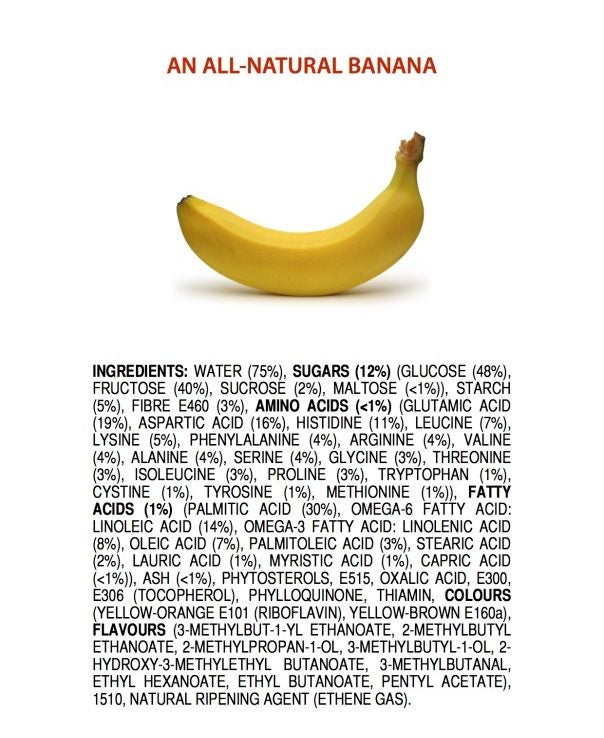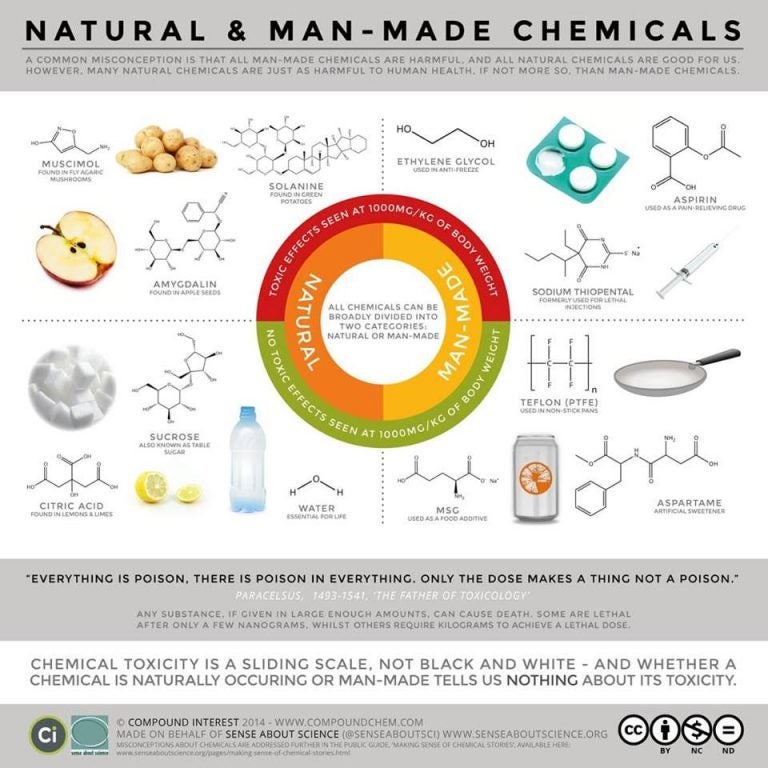Quixote1818
Quixote1818's JournalTrump's former generals, from James Mattis to Joseph Votel, sound an unprecedented warning
From the beginning of his tenure, the president has given critics plenty of reasons to be excoriated. But we have heard little dissent from warriors — until now.

Oct. 22, 2019, 9:18 AM MDT
By Col. Jack Jacobs, Medal of Honor recipient and NBC/MSNBC military analyst
On Oct. 17, I attended the Al Smith Dinner, an annual charity gala in New York City. Political big-shots mingle with media celebrities and corporate executives. It is always an entertaining experience. This year’s keynote address was by retired Marine Corps Gen. James Mattis, President Donald Trump’s erstwhile secretary of defense. Trump once praised Mattis profusely, but more recently has made him the object of his scorn, calling him “the world’s most overrated general.” (Full disclosure: I know Jim Mattis and can report that he is among the finest officers I have met since I first donned a uniform 53 years ago.)
Although Mattis has a well-developed and wry sense of humor, he is judicious about using it. His public persona leaves one with the correct impression that he is the consummate professional warrior. But at the Al Smith Dinner, he chose to deploy his weapons of erudition, surprising and amusing the hundreds of attendees with a rare counterattack directed at the president's "overrated" insult. “I’m honored to be considered that by Donald Trump because he also called Meryl Streep an overrated actress,” Mattis said in his keynote speech. “So, I guess I’m the Meryl Streep of generals.”
The barb was doubly surprising given Mattis’ previous reluctance to criticize his former commander in chief, a decision that has garnered its fair share of criticism. But there’s a reason for Mattis’ reluctance. Generals in Mattis’ position, even those who are retired, do not criticize the sitting president. Until this administration, Mattis’ joke would have been unthinkable. And yet, Mattis is merely the latest in a line of commanding officers who have recently rebuked the president’s decisions. This collective decision to go against such entrenched military traditions should give their warnings even more weight. When the generals are speaking out, something is really wrong.
More: https://www.nbcnews.com/think/opinion/trump-s-former-generals-james-mattis-joseph-votel-sound-unprecedented-ncna1069771?cid=sm_npd_nn_tw_ma&fbclid=IwAR1G91x-LVHNjr3LoSfARA_eCaV8MRIUNRjcqqzzM1j8RZWKw5RNtLYVzts
VOX: The Hillary Clinton-Tulsi Gabbard feud, explained
By Zack Beauchamp@zackbeauchampzack@vox.com Oct 22, 2019, 8:40am EDT
Hillary Clinton emerged from relative political obscurity last week to claim that Tulsi Gabbard, a Democratic presidential candidate and member of Congress from Hawaii, was “the favorite of the Russians” prepping for a third-party spoiler run during a podcast interview. She went so far as to imply that the representative was “a Russian asset.”
Gabbard fired back by calling Clinton “the queen of warmongers, embodiment of corruption, and personification of the rot that has sickened the Democratic Party.” In Gabbard’s telling, her party’s 2016 nominee was behind “a concerted campaign to destroy my reputation ... through your proxies and powerful allies in the corporate media and war machine.”
“It’s now clear that this primary is between you and me,” Gabbard, who is at 1.2 percent in the RealClearPolitics primary polling average, concluded. “Don’t cowardly hide behind your proxies. Join the race directly.”
This is a bizarrely intense fight given that these two are members of the same party. Clinton suggesting Gabbard is the Kremlin’s chosen agent for destroying the Democrats in 2020? Gabbard accusing Clinton of being the puppet master behind a massive conspiracy against her? Are these people serious?
Unfortunately, the answer to that question is “yes” — in ways that reveal some troubling tendencies among American liberals and leftists today.
More: https://www.vox.com/policy-and-politics/2019/10/22/20924999/hillary-clinton-tulsi-gabbard-fight-explained
Here is the full series of texts from Sanders when he said not all Trump voters are racist
Posting without comment. Just felt the entire series of tweets should be shared for a more full understanding of what he was trying to say.
https://twitter.com/BernieSanders/status/794941762502610944
https://twitter.com/BernieSanders/status/794942125003698176
Tulsi Gabbard calls Hillary Clinton "the queen of warmongers" in her latest clash with top Democrats
Why are Hillary Clinton and Tulsi Gabbard fighting? Tension between Gabbard and Democratic leaders goes way back.
By Riley Beggin Oct 19, 2019, 12:16pm EDT
Democratic presidential candidate Rep. Tulsi Gabbard called former Democratic presidential nominee Hillary Clinton “the queen of warmongers” Friday in response to comments Clinton made about Gabbard on a podcast earlier in the week. The attacks marked the latest clash between the representative from Hawaii and top Democrats over her controversial foreign policy views, which at times have aligned more with conservatives than members of her own party.
The spat began when Clinton, speaking on the podcast Campaign HQ (hosted by former Obama aide David Plouffe) said Gabbard is “the favorite of the Russians. They have a bunch of sites and bots and other ways of supporting her so far.”
“I think they’ve got their eye on somebody who is currently in the Democratic primary and are grooming her to be the third-party candidate,” Clinton said. A spokesman for Clinton later told the New York Times the “they” she was referring to were Republicans, not Russians.
No evidence was offered to support this assertion, nor have frequent allegations that Russia is helping Gabbard’s campaign been proven. But in the wake of Russian manipulation of the 2016 elections, some Democrats are wary of Gabbard’s surprising popularity in right-wing circles, concerned about her frequent mentions in Russian news media, and suspicious that Russian bots may have promoted Twitter hashtags supporting her.
Clinton seems to be one of these Democrats, and Gabbard responded Friday by saying Clinton’s attacks make it clear she’s been behind “a concerted campaign to destroy my reputation.”
Continued: https://www.vox.com/policy-and-politics/2019/10/19/20922122/hillary-clinton-tulsi-gabbard-queen-warmongers-russia-2020-election
Van Jones blasts Clinton over Gabbard claims: She's playing a 'very dangerous game'
I don't care for Gabbard, but my problem with this is that for the casual observer it looks kooky and then de-legitimizes the REAL concrete collusion going on between Trump and the Russians which there is solid evidence for. This shit needs to cool off right away because it helps Trump. It makes it look like ALL the Russian meddling is kooky and made up and takes the focus OFF of Trump. I really don't know what Hillary thought she was going to accomplish here and I don't at all like Gabbard's response escalating it.
Crime After Crime a song dedicated to President Donald Trump
Wow! This is so perfect! LOL
Poll - Black Licorice
There are only like three foods on the planet that are so horrific tasting that I have to spit them out if I take a bite, and black licorice is one of them. I know taste is totally subjective so if you do like it I am not putting you down. But I am curious to what percentage of people also hate it as much as I do?
Suspected gunman in El Paso Walmart shooting pleads not guilty to attack that killed 22
Oct. 10, 2019, 9:58 PM MDT
By Phil Helsel
The Texas man accused of killing 22 people at a Walmart in El Paso, in an attack that authorities said targeted people of Mexican descent, pleaded not guilty in court Thursday.
Patrick Crusius, 21, entered the plea during a brief court appearance.
Court documents previously released say that he confessed to opening fire at the store on Aug. 3, that he told police "I'm the shooter" when he surrendered and that in an interview with detectives he "stated his target were 'Mexicans.'"
Crusius is charged with capital murder and is being held without bail.
In his brief appearance, Crusius, wearing a navy suit and white shirt, told the judge he was the defendant, looked over the indictment and indicated his full name was correct in the indictment. He waived the reading of the document and entered the plea of not guilty.
A law firm representing Crusius' family later released a statement on their behalf in which the relatives said they were aware of the not guilty plea, NBC affiliate KTSM of El Paso reported.
More:
https://www.nbcnews.com/news/us-news/suspected-gunman-el-paso-walmart-shooting-pleads-not-guilty-attack-n1064876

Food Science Babe: 5 basic scientific concepts to help you spot pseudoscience
Here are 3. Go to link for the rest:
There is so much pseudoscience being spread around nowadays, and sometimes it can be hard to spot, especially for those who don’t have a background in science. A lot of it is based on a small amount of truth and by people who you may think you can trust, so it can be difficult to differentiate from good, truthful science.
These five basic scientific concepts can help you to spot pseudoscience when you see it:
#1) Everything is made of chemicals
You are made up of chemicals, and everything you eat is made up of chemicals. This series of posters by James Kennedy illustrates how all natural fruits are made up entirely of chemicals, some that may even have names you can’t pronounce and don’t recognize:

A “chemical free lifestyle” is impossible. Water and oxygen are examples of chemicals that you need to survive, and you wouldn’t last very long without them. So, the next time you see a food product that purports to contain “no chemicals” or a blog with products that you can purchase to live a “chemical-free lifestyle,” you can be sure that it’s purely pseudoscience because EVERYTHING IS MADE UP OF CHEMICALS.
#2) The dose makes the poison
“Toxic” is a word thrown around a lot on food blogs and in food marketing, but it’s almost always used incorrectly. There is no such thing as a “toxic chemical,” there are only toxic doses. The phrase “the dose makes the poison” applies to all chemicals, both natural and synthetic.

Acute toxicity measures lethal effects from a large one-time dose and is expressed as the LD50. The LD50, or median lethal dose, is determined experimentally, usually with rats or mice. It is the single acute dose that will kill 50 percent of a population given that dose. Chronic toxicity measures the lowest level of daily exposure that causes harm. Any chemical can be toxic, even water and salt, so products that state things like “no toxic chemicals” or “no toxic pesticides” don’t make any sense as every chemical can be toxic at a large enough dose. And, if someone tries to tell you that a food ingredient or a chemical is “toxic” without being able to tell you the concentration at which the chemical occurs in the food and the dose that is toxic, they either have no idea what they’re talking about, are trying to deceive you, and/or are trying to sell you something.
#3) Whether a chemical is natural or synthetic tells you precisely nothing about its safety
As stated previously, “the dose makes the poison” applies to both natural and synthetic chemicals, so whether a chemical is natural or man-made tells you precisely nothing about how dangerous it is. For example, sodium thiopenta, a man-made chemical, is used in lethal injections, but it’s about as toxic as naturally occurring amygdalin, which is contained in almonds and apple seeds. Similarly, many natural and organic pesticides have a lower toxic dose than their synthetic counterparts.
The appeal to nature fallacy is the belief that is what is natural must be good, and that which is unnatural must be bad. “Natural” has no definition per the FDA in regards to food labeling, yet it’s used in food marketing all of the time. You can be sure to ignore anyone or any product that uses the word “natural” to mean better or safer as the “appeal to nature fallacy’ is just that, a fallacy. It’s pure pseudoscience.

More: https://www.agdaily.com/insights/food-science-babe-5-basic-scientific-concepts-help-spot-pseudoscience/
On the Stephanie Miller show this AM they were talking about why Warren seems to be taking off
and breaking away from the pack. They said she is kind of in the sweet spot between Biden (a bit too moderate for many) and Sanders (a bit too Progressive).
I think that is a good analysis.
https://www.stephaniemiller.com/
Profile Information
Gender: Do not displayHometown: New Mexico
Member since: Mon Dec 1, 2003, 03:42 PM
Number of posts: 28,936